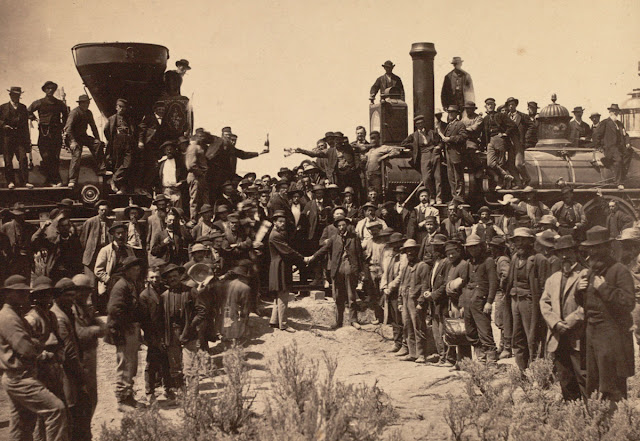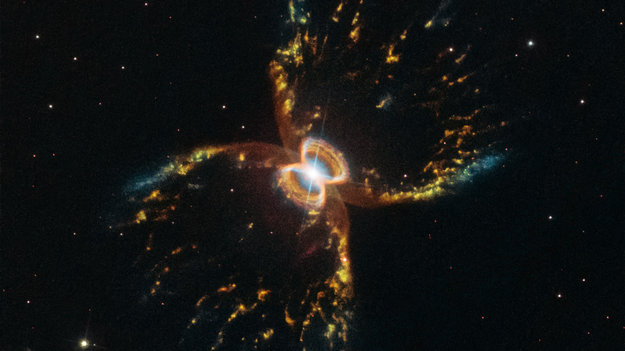YOUR INNOVATIVE IDEAS ARE NEEDED FOR "SPACE FOR THE OCEANS." Late April, 2019. Single-item pullout.
You're in the right place! This is the link for just this story, as an archived "stand alone."
This feature appears in the FULL EDITION, with all the other stories published on the same date, and a TABLE OF CONTENTS of that edition, at:
___
+=+=+=+=+=+=+=+=+=+=+=+=+=+=+=+=+=+=+=+=+=+=+=+=+=+=+
# 3 feature...
--From the section:
☆ "The Main News -- though you might not find it any place but here..."
--
YOUR INNOVATIVE IDEAS ARE NEEDED FOR "SPACE FOR THE OCEANS"
ESA -- the European Space Agency -- wants your ideas for applying space technology to Earth-based problems.
Really and truly, they do.
Pause a second and think: who, among our blue planet's infestation of human presence, is more passionately creative than our artists?
See why they're asking You?
History provides plenty of examples of artists with bold ideas that revolutionize everything, and collaborations (intentional or not) that allow designers, engineers, and scientists to use ideas that were hatched in the minds of artists. Quick example: comedian Steve Allen developed the design concept for the first artificial heart.
Astrophysicist Neil de Grasse Tyson has said, "Science without art doesn't mean anything, and therefore cannot sustain the motivation to go on. The artist who cares about science is essential to everything."
Through the "Open Space Innovation Platform," a new challenge-based website, ESA is hunting-out bright ideas in two areas. You may be the creative innovator with the key idea to:
(1) monitor the flood of plastic waste polluting the oceans, or
(2) to improve the self-steering abilities of ships.
Topic 1:
Detecting and monitoring plastic marine litter
With about ten million metric tonnes of plastic entering the ocean each year. Wildlife and ecosystems are suffering. And the economic impact on coastal communities, tourism and fisheries, is huge.
Monitoring this plastic is incredibly difficult from Earth’s surface, as it’s impossible to see a lot of the ocean at once.
Space represents a more promising vantage point; but satellites cannot detect plastic marine litter - at least, not yet.
 |
| Plastic litter in global oceans. Click to enlarge. |
Solutions to plastic litter could include measuring plastic concentrations, identifying how the litter is transported around the world, and identifying sources and sinks of plastic marine litter. ESA welcomes innovative ideas that support the detection and monitoring of different types of plastic, both for the oceans and freshwater systems.
Topic 2:
Enabling harbor-to-harbor autonomous shipping
ESA is also seeking ideas that would contribute to enabling the increased adoption of autonomous shipping. This could significantly lower shipping costs, increase safety, solve anticipated crew shortages, and improve working conditions.
Leading the search for ideas, ESA’s David Jimenez expands, “Autonomous shipping relies on accurate and continuously-available navigation support, as well as up-to-date information from Earth observation satellites. However, existing satellite navigation systems alone are not enough, especially for ships coming into highly-trafficked ports where precision is essential, as well as those in the Arctic.”
 |
| Autonomous shipping supported from space. |
A variety of options exist for improving current techniques, including combining satellite data with terrestrial data to ensure worldwide coverage, and developing new satellite networks that can provide more accurate and guaranteed positioning. Furthermore autonomous shipping could be revolutionised with new systems designed specifically to monitor harbours, and through combining different systems using artificial intelligence.
“Ships are becoming increasingly independent, but so far complete autonomy has not been attainable,” continues David. “Achieving this aim would lead to more efficient and competitive shipping, whilst reducing the industry’s environmental impact.”
 |
| Image: How to use ideas.esa.int. Click to enlarge. |
The Discovery & Preparation Program
OSIP -- the Open Space Innovation Platform -- is run through ESA's Discovery & Preparation program, which forms part of ESA’s Basic Activities. Working with and across all ESA programs, Discovery & Preparation lays the groundwork for ESA’s short- to medium-term future activities.
“Via OSIP, we are addressing the most relevant challenges in space, and enabling parnters to work with ESA on activities that seek the best solutions,” concludes Ian Carnelli, Manager of ESA’s Discovery & Preparation activities.
Carnelli continues, “These activities could include studies, early technology developments and research co-sponsorships addressing novel and innovative subjects. So share your ideas with us through OSIP and help shape the future of space research.”
Really, check it out. We know an artist who, as an 11-year-old, invented the Auto Train concept years before the business world thought it up and built it. He was doing it with his American Flyer.
And we know an artist who drew pictures as a kid of balloon-launched and aircraft-launched space vehicles, decades before the aerospace industry envisioned and built them. (They work to save fuel because launch vehicle weight is reduced if you can get started for space from a high altitude where the air is very thin.)
Leonardo DaVinci is remembered by history as a great innovator and inventor. In his time, he was regarded as an artist -- a great artist, but an artist -- not an inventor, and few of his inventions were built until hundreds of years after he was dead.
Do you want to be a DaVinci after you're gone, or now? Your ideas may change the world. Get started. What are you waiting for?
All the links are at:
https://m.esa.int/Our_Activities/Space_Engineering_Technology/Seeking_innovative_ideas_space_for_the_oceans
+=+=+=+=+=+=+=+=+=+=+=+=+=+=+=+=+=+=+=+=+=+=+=+=+=+=+
LEGALESE, CONTACTING US, 'N SUCH...
Boilerplate? Where's the main pressure gauge? And the firebox?
What "boilerplate"? Who came up with that goofy term for the basic essential informational stuff...
Visitor Privacy notice:
Whatever Google does in terms of planting cookies, tracking your web activities, and/or collecting data for analytics or whatever the hell it is they do with it -- we, the site content publishers, do NOT track you or receive any record of who you are. We can access simple counts -- raw numbers of site visitors -- by nation of origin, and that's ALL. But again, that's us and what we do and do not do. Refer to the Google legalese for what THEY do.
________________________________
Direct your peeps to our current editions / and
MOBILE-DEVICE-FRIENDLY
editions that load quickly, at:
.
.
<^>-<^>-<^>-<^>-<^>-<^>-<^>-<^>-<^>
.
POST COMMENTS using the site tools, or see next item.
.
<^>-<^>-<^>-<^>-<^>-<^>-<^>-<^>-<^>
.
CONTACT US -- Post Comments / Send Questions / say Howdy at:
.
<^>-<^>-<^>-<^>-<^>-<^>-<^>-<^>-<^>
.
JOURNALISTS, WRITERS, EDITORIAL CARTOONISTS, PHOTOGRAPHERS, ARTISTS, AND THOSE WHO CAN TELL A STORY WELL... if you would like to contribute something -- once, from time-to-time, or as a member of our ad hoc assemblage, please email managing editor Lawrence Wines, at:
news-events-perspectives-editor@outlook.com
JOURNALISTS, WRITERS, EDITORIAL CARTOONISTS, PHOTOGRAPHERS, ARTISTS, AND THOSE WHO CAN TELL A STORY WELL... if you would like to contribute something -- once, from time-to-time, or as a member of our ad hoc assemblage, please email managing editor Lawrence Wines, at:
news-events-perspectives-editor@outlook.com
<^>-<^>-<^>-<^>-<^>-<^>-<^>-<^>-<^>
Entire contents copyright © 2019,
Lawrence Wines & News Events Perspectives Associates.
All rights reserved.
That does NOT supersede individual copyrights held by content creators or photographers or holders of copyrights to archived materials, but is an extra blanket of protection for everything that appears herein.
That does NOT supersede individual copyrights held by content creators or photographers or holders of copyrights to archived materials, but is an extra blanket of protection for everything that appears herein.
<^>-<^>-<^>-<^>-<^>-<^>-<^>-<^>-<^>
.


Comments
Post a Comment